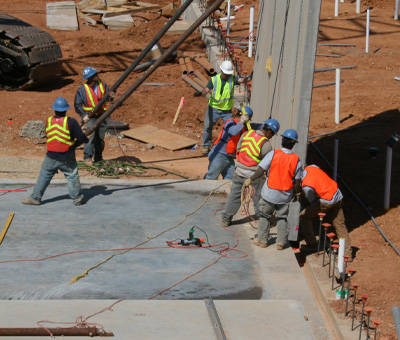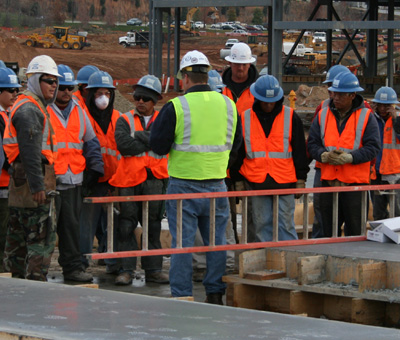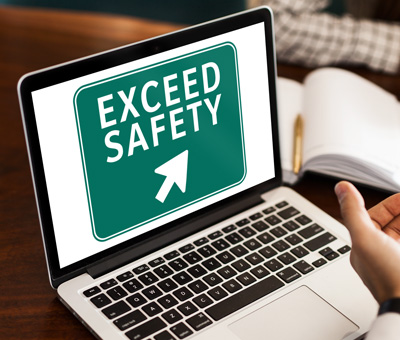It was a day like any other. Steve, the Site Safety Manager for a mid-size construction firm, clocked in bright and early, greeted his colleagues, and reviewed the plans for the day. His supervisor was visiting the site, but otherwise, everything seemed routine. As expected, there were no issues onsite. Another day of safety success.
The next morning, as Steve clocked in, his supervisor asked him to step into the office.
“Steve, we found some concerning safety violations on site yesterday. A tradesperson had two ladders set up incorrectly. This could have caused a fall and serious injury. It’s your responsibility to ensure these things don’t happen. Unfortunately, we’re going to have to let you go.”
Steve was stunned. He didn’t recall seeing any ladders set up incorrectly or at all. The tradespeople had only been onsite for three hours and hadn’t mentioned using ladders. If they had, he would have supervised the setup as usual. He tried to explain, but his supervisor was firm. A minor safety infraction had just cost him his job.
Unfortunately, this scenario is becoming more common in the safety industry: minor issues triggering major consequences like termination, site bans, or even legal action.
But is this kind of extreme discipline truly effective?
Safety at work is not just about physical hazards. Psychological safety – the ability for workers to speak up, ask questions, and admit mistakes without fear – is just as critical. When employees fear losing their jobs over minor infractions, they become hyper-vigilant and anxious, which can, ironically, increase the risk of accidents.
Many organizations confuse accountability with blame. But there are two types of accountability:
- Backward-looking accountability focuses on identifying who’s at fault. It’s reactive and can create a toxic culture of fear and finger-pointing.
- Forward-looking accountability focuses on understanding why something happened and how to prevent it in the future. It’s proactive, solution-oriented, and fosters trust and learning.
In a healthy safety culture, mistakes are seen as opportunities to improve, not reasons for punishment. Leaders should clarify expectations, encourage open and honest conversation, and provide ongoing support. Instead of being reactive, they should set a tone of shared responsibility, continuous training, and visible commitment to safe practices.
So, what would I have done if I were Steve’s supervisor?
I would have approached the conversation with curiosity, not blame. I would have explained what was observed and asked for Steve’s perspective. Since no one can be everywhere at once, it’s understandable that something may have been missed, especially with short-term crews onsite. Together, we would have reviewed ladder safety procedures and discussed whether our processes for visiting crews need improvement.
Most importantly, I would have listened. Cultivating a culture of safety means more than just having policies in place; it’s about how you respond when safety issues arise.
If Steve’s supervisor had taken this approach, the story, and the outcome, could have been very different.
Have you seen extreme disciplinary measures in practice? What was the result? I’d love to hear your thoughts in the comments.
Authored by: Tim Neubauer, May 2025
.
.
.
Interested in building a stronger safety culture at your organization? Our expert team, with over 3 decades of experience, is ready to help.
Visit https://exceedsafety.com/contact-us/ to get started!








